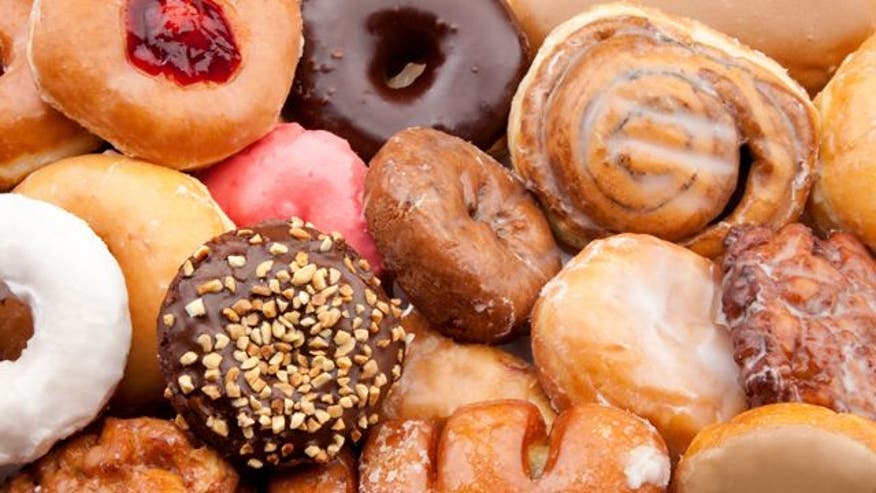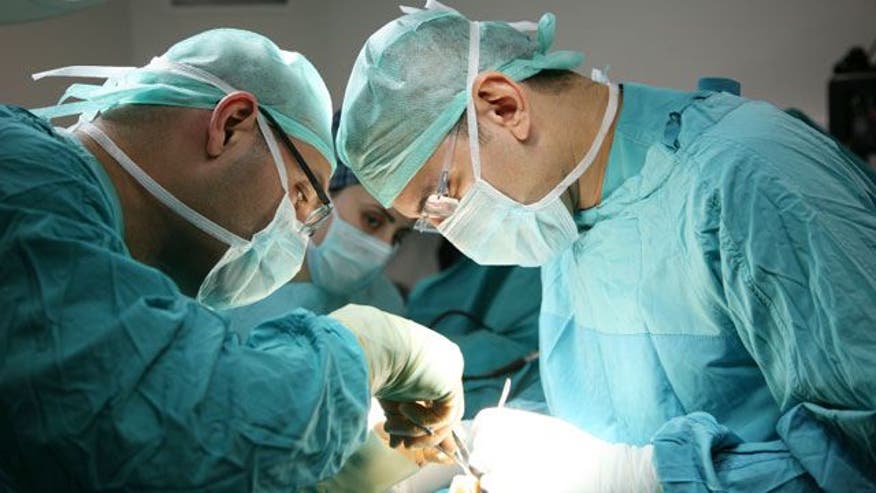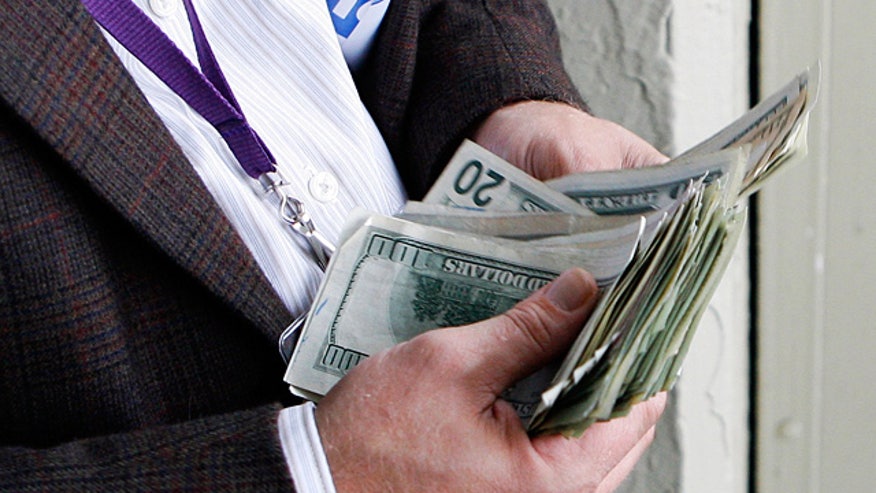Type 2 diabetes— long known to have an adverse effect on the brain— has now been linked with the loss of brain matter.
Using magnetic resonance imaging (MRI), researchers studied the brain structures of 614 patients with a mean age of 62, who had all been diagnosed with type 2 diabetes for an average of 10 years. They found that long-term diabetes was associated with the greatest loss of brain tissue – suggesting brain atrophy.
“It’d been thought that most, if not all, of the effect of diabetes on the brain was due to vascular disease that diabetics get and, therefore, stroke,” lead study author Dr. R. Nick Bryan, chair and professor emeritus of the department of radiology at the Perleman School of Medicine at the University of Pennsylvania, told FoxNews.com. “We found that in addition to that, there’s sort of diffuse loss of brain tissue, atrophy… we think may have a direct effect of the diabetes on the brain.”
Researchers noted that the greatest reduction of volume was seen in the brain’s gray matter, where the organ’s neurons are located. The shrinkage of gray matter is often regarded as the start of the neurodegenerative process. Since patients with diabetes have been previously shown to have a higher risk of Alzheimer’s disease, the findings suggest cognitive changes may be related to neurodegeneration.
“[We’re] not saying all [people with diabetes] will get Alzheimer’s, but suggesting that many of them will have worse cognition and worse thinking ability as they get older and probably more of them will get neurodegeneration and Alzheimer’s, than non-Alzheimer’s patients,” Bryan said.
The findings suggest that for every 10 years of diabetes duration, the brain of a diabetes patient looks approximately two years older than that of a non-diabetic person – with regards to gray matter volume.
“One thing that’s pretty clear was that the adverse effect of diabetes was significantly worse in patients who had diabetes longer,” Bryan said.
Researchers point out that, for people with diabetes, proper care is a priority.
“[Patients] need to take the maximum effort to cooperate with physicians… to manage diabetes and blood sugars as well as they possibly can to try to decrease or prevent the damage of diabetes to the brain and ability to think later on in life,” he said. “[Diabetes] significantly affects all the organs in the body; the brain is one that is affected significantly perhaps in not just one, but two ways— not just vascular that we know about, but as a primary or direct assault on the brain.”
Using magnetic resonance imaging (MRI), researchers studied the brain structures of 614 patients with a mean age of 62, who had all been diagnosed with type 2 diabetes for an average of 10 years. They found that long-term diabetes was associated with the greatest loss of brain tissue – suggesting brain atrophy.
“It’d been thought that most, if not all, of the effect of diabetes on the brain was due to vascular disease that diabetics get and, therefore, stroke,” lead study author Dr. R. Nick Bryan, chair and professor emeritus of the department of radiology at the Perleman School of Medicine at the University of Pennsylvania, told FoxNews.com. “We found that in addition to that, there’s sort of diffuse loss of brain tissue, atrophy… we think may have a direct effect of the diabetes on the brain.”
Researchers noted that the greatest reduction of volume was seen in the brain’s gray matter, where the organ’s neurons are located. The shrinkage of gray matter is often regarded as the start of the neurodegenerative process. Since patients with diabetes have been previously shown to have a higher risk of Alzheimer’s disease, the findings suggest cognitive changes may be related to neurodegeneration.
“[We’re] not saying all [people with diabetes] will get Alzheimer’s, but suggesting that many of them will have worse cognition and worse thinking ability as they get older and probably more of them will get neurodegeneration and Alzheimer’s, than non-Alzheimer’s patients,” Bryan said.
The findings suggest that for every 10 years of diabetes duration, the brain of a diabetes patient looks approximately two years older than that of a non-diabetic person – with regards to gray matter volume.
“One thing that’s pretty clear was that the adverse effect of diabetes was significantly worse in patients who had diabetes longer,” Bryan said.
Researchers point out that, for people with diabetes, proper care is a priority.
“[Patients] need to take the maximum effort to cooperate with physicians… to manage diabetes and blood sugars as well as they possibly can to try to decrease or prevent the damage of diabetes to the brain and ability to think later on in life,” he said. “[Diabetes] significantly affects all the organs in the body; the brain is one that is affected significantly perhaps in not just one, but two ways— not just vascular that we know about, but as a primary or direct assault on the brain.”







 I was asked to speak about what I go through as a survivor and how
the heck I have been able to live with Stage 4 metastatic breast cancer
for 11 years – when the prognosis was three to five years.
I was asked to speak about what I go through as a survivor and how
the heck I have been able to live with Stage 4 metastatic breast cancer
for 11 years – when the prognosis was three to five years.





